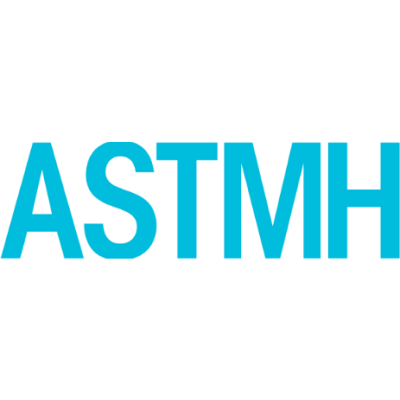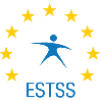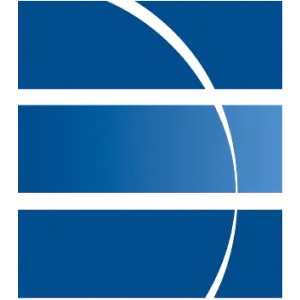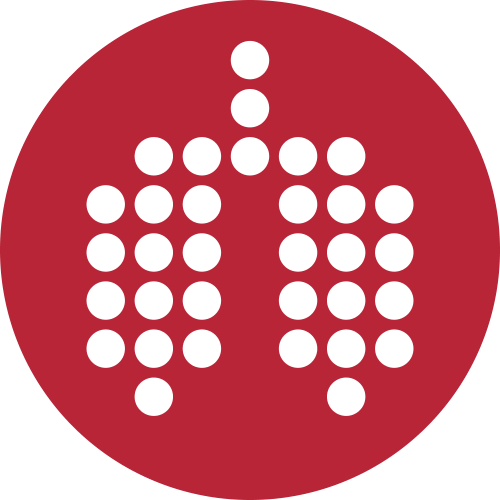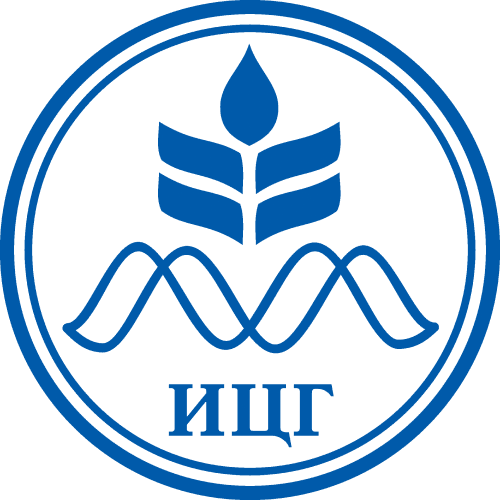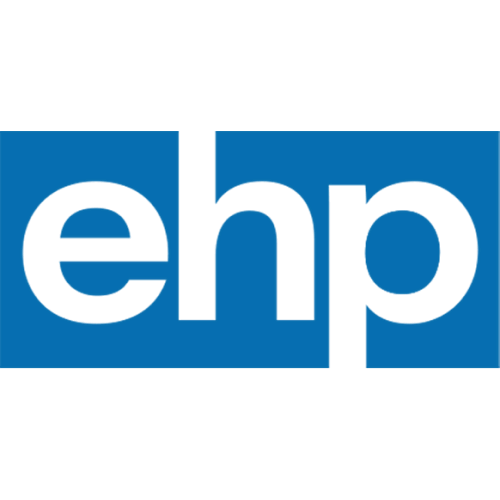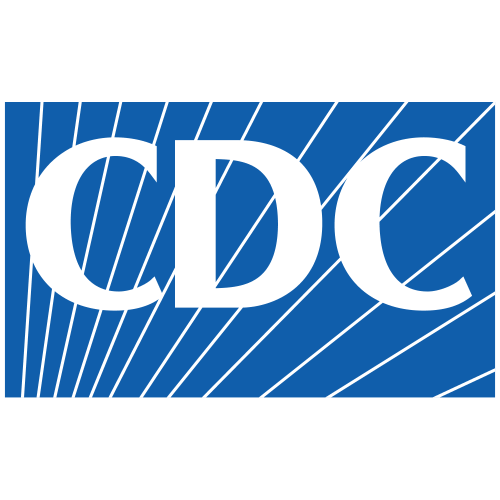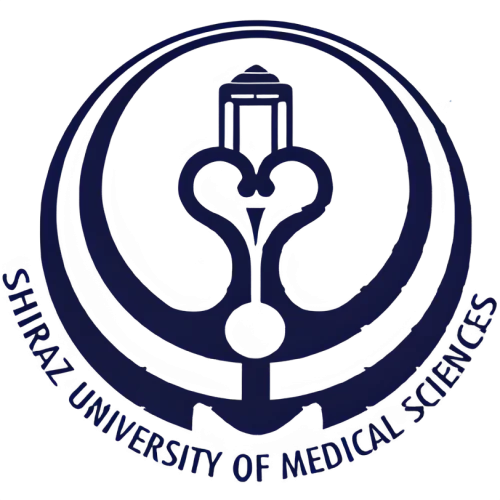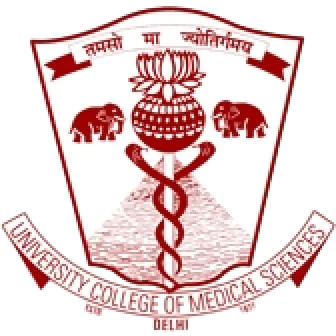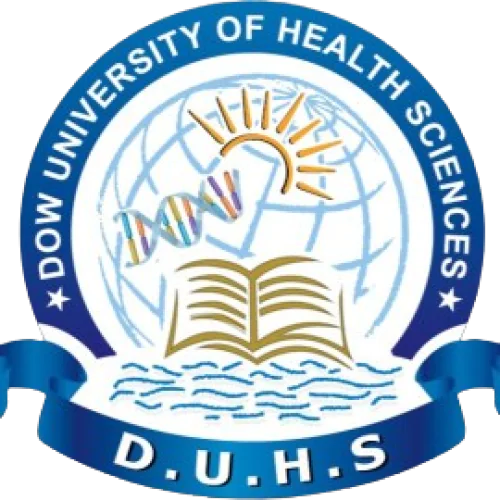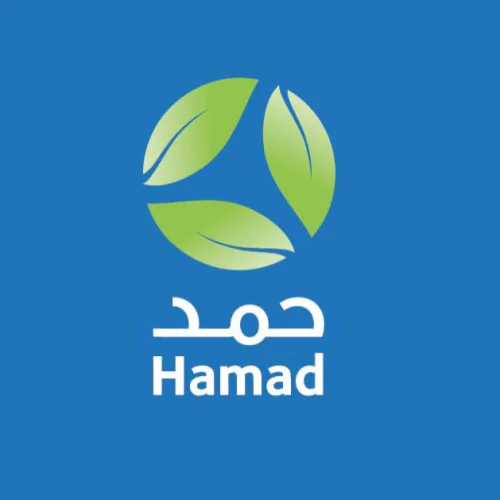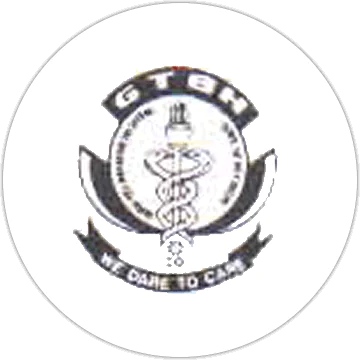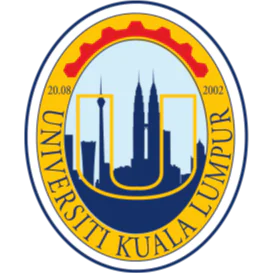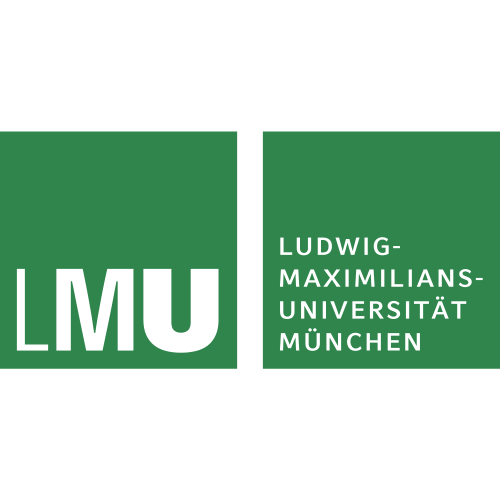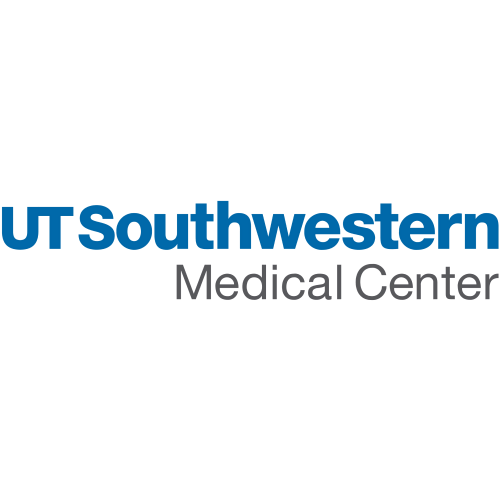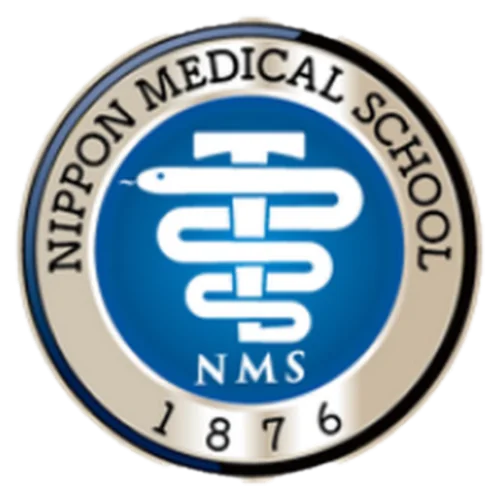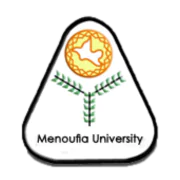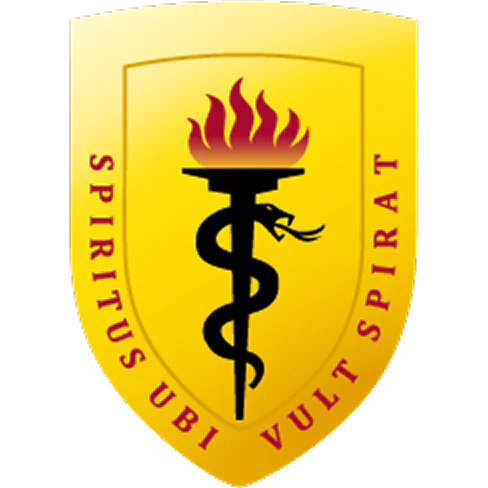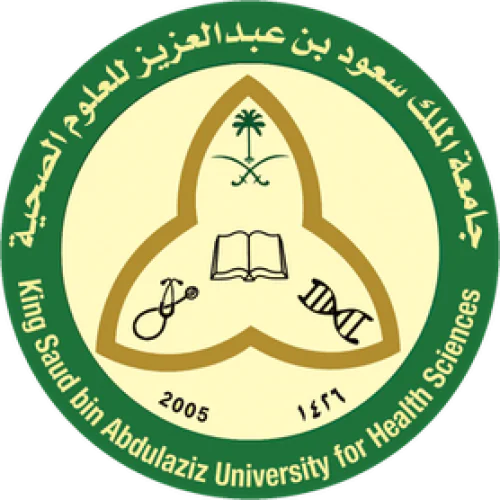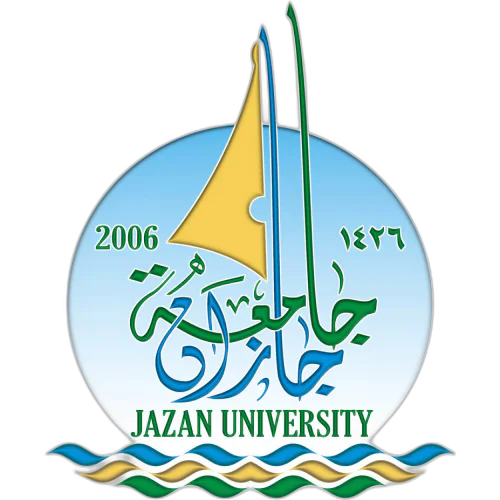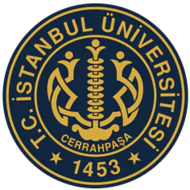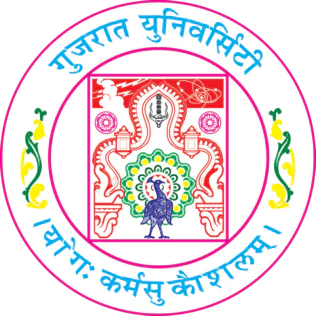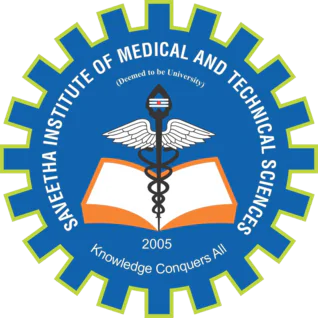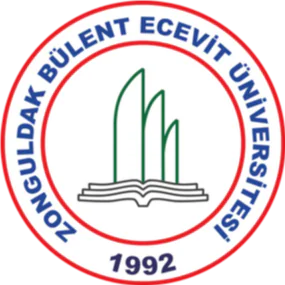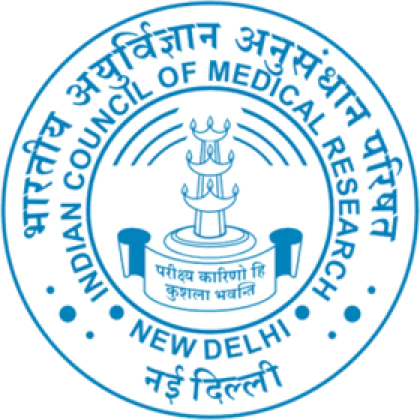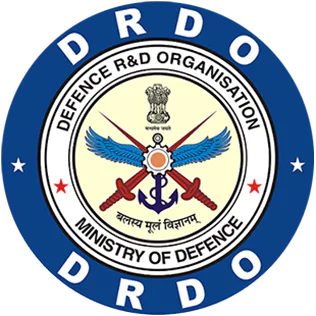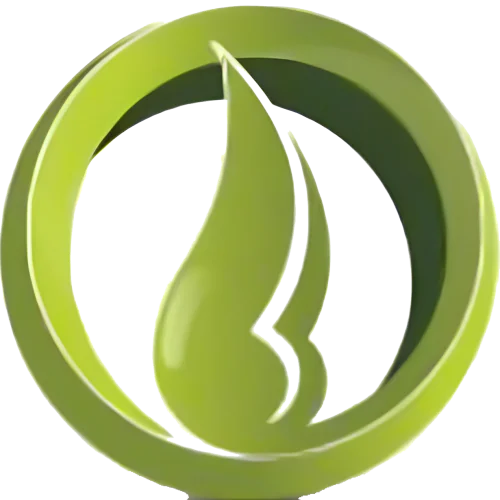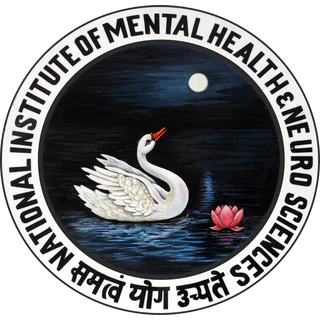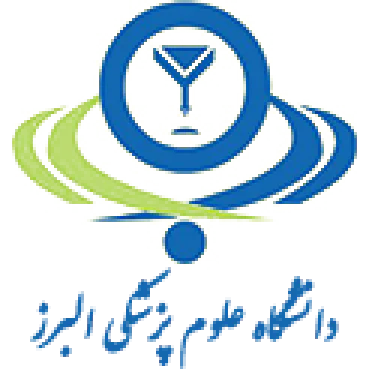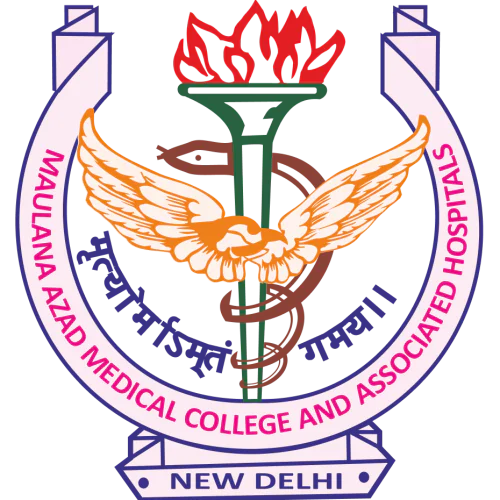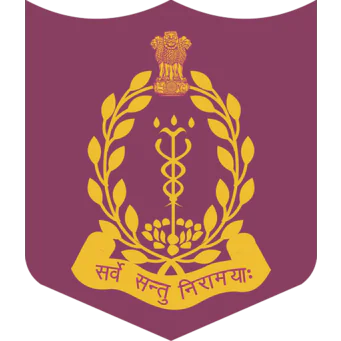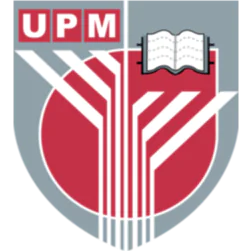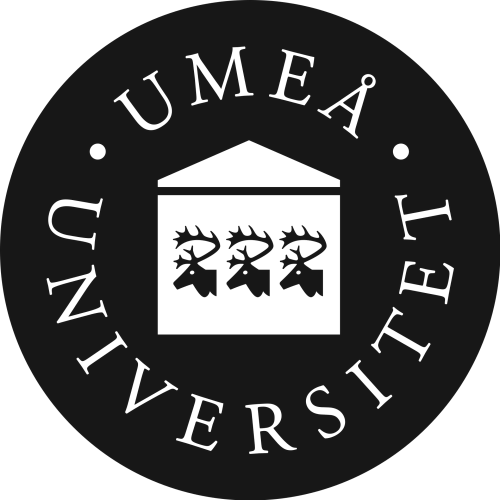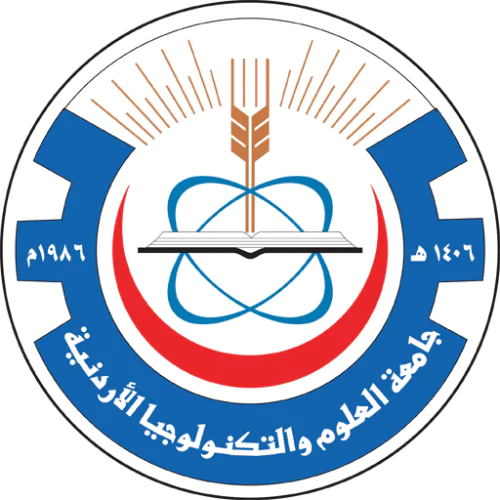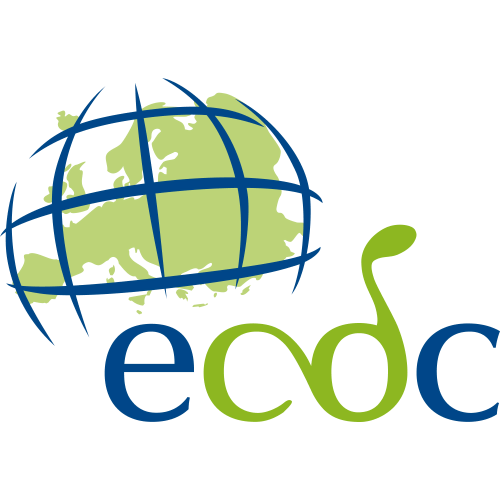|
|
|
|
Shiraz University of Medical Sciences
18 publications, 10.23%
|
|
|
Tehran University of Medical Sciences
9 publications, 5.11%
|
|
|
Shahid Beheshti University of Medical Sciences and Health Services
5 publications, 2.84%
|
|
|
University of British Columbia
5 publications, 2.84%
|
|
|
Hamedan University of Medical Sciences
4 publications, 2.27%
|
|
|
Université Laval
4 publications, 2.27%
|
|
|
University of Northern British Columbia
4 publications, 2.27%
|
|
|
University of Lethbridge
4 publications, 2.27%
|
|
|
Mashhad University of Medical Sciences
3 publications, 1.7%
|
|
|
Tarbiat Modares University
3 publications, 1.7%
|
|
|
Isfahan University of Medical Sciences
3 publications, 1.7%
|
|
|
Iran University of Medical Sciences
3 publications, 1.7%
|
|
|
Shahid Sadoughi University of Medical Sciences
3 publications, 1.7%
|
|
|
University College of Medical Sciences
3 publications, 1.7%
|
|
|
Cairo University
3 publications, 1.7%
|
|
|
Diponegoro University
3 publications, 1.7%
|
|
|
University of Thessaly
3 publications, 1.7%
|
|
|
University of Toronto
3 publications, 1.7%
|
|
|
University of Tehran
2 publications, 1.14%
|
|
|
National Institute of Genetic Engineering and Biotechnology
2 publications, 1.14%
|
|
|
Ahvaz Jundishapur University of Medical Sciences
2 publications, 1.14%
|
|
|
Dow University of Health Sciences
2 publications, 1.14%
|
|
|
Shahrekord University of Medical Sciences
2 publications, 1.14%
|
|
|
Babol University of Medical Sciences
2 publications, 1.14%
|
|
|
Hormozgan University of Medical Sciences
2 publications, 1.14%
|
|
|
Hamad Medical Corporation
2 publications, 1.14%
|
|
|
University of Science, Malaysia
2 publications, 1.14%
|
|
|
Monash University Malaysia
2 publications, 1.14%
|
|
|
Guru Teg Bahadur Hospital
2 publications, 1.14%
|
|
|
University of Kuala Lumpur
2 publications, 1.14%
|
|
|
Monash University
2 publications, 1.14%
|
|
|
Curtin University
2 publications, 1.14%
|
|
|
Ludwig Maximilian University of Munich
2 publications, 1.14%
|
|
|
University of Michigan
2 publications, 1.14%
|
|
|
University of Texas Southwestern Medical Center
2 publications, 1.14%
|
|
|
Nippon Medical School
2 publications, 1.14%
|
|
|
Laurentian University
2 publications, 1.14%
|
|
|
Texas Tech University Health Sciences Center
2 publications, 1.14%
|
|
|
Menoufia University
2 publications, 1.14%
|
|
|
Universidad Peruana Cayetano Heredia
2 publications, 1.14%
|
|
|
Centre Hospitalier Universitaire de Brest
2 publications, 1.14%
|
|
|
East-Siberian Institute of Medical and Ecological Research
1 publication, 0.57%
|
|
|
King Saud University
1 publication, 0.57%
|
|
|
King Khalid University
1 publication, 0.57%
|
|
|
Alfaisal University
1 publication, 0.57%
|
|
|
King Saud bin Abdulaziz University for Health Sciences
1 publication, 0.57%
|
|
|
Jazan University
1 publication, 0.57%
|
|
|
King Fahd Medical City
1 publication, 0.57%
|
|
|
Tabriz University of Medical Sciences
1 publication, 0.57%
|
|
|
Iran University of Science and Technology
1 publication, 0.57%
|
|
|
Academic Center for Education Culture and Research
1 publication, 0.57%
|
|
|
Baqiyatallah University of Medical Sciences
1 publication, 0.57%
|
|
|
Aga Khan University
1 publication, 0.57%
|
|
|
Istanbul University Cerrahpasa
1 publication, 0.57%
|
|
|
Gujarat University
1 publication, 0.57%
|
|
|
Islamic Azad University of Shiraz
1 publication, 0.57%
|
|
|
Shahid Chamran University of Ahvaz
1 publication, 0.57%
|
|
|
Saveetha Institute of Medical and Technical Sciences
1 publication, 0.57%
|
|
|
Shahroud University of Medical Sciences
1 publication, 0.57%
|
|
|
Zonguldak Bülent Ecevit University
1 publication, 0.57%
|
|
|
Imam Khomeini Hospital
1 publication, 0.57%
|
|
|
Mazandaran University of Medical Sciences
1 publication, 0.57%
|
|
|
Shariati Hospital
1 publication, 0.57%
|
|
|
Yasuj University of Medical Sciences
1 publication, 0.57%
|
|
|
Qom University of Medical Science and Health Services
1 publication, 0.57%
|
|
|
National Institute of Cholera and Enteric Diseases
1 publication, 0.57%
|
|
|
Sahand University of Technology
1 publication, 0.57%
|
|
|
Defence Research and Development Organisation
1 publication, 0.57%
|
|
|
Ilam University of Medical Sciences
1 publication, 0.57%
|
|
|
Sari Agricultural Sciences and Natural Resources University
1 publication, 0.57%
|
|
|
Kerman University of Medical Sciences
1 publication, 0.57%
|
|
|
National Institute of Mental Health and Neurosciences
1 publication, 0.57%
|
|
|
University of Mazandaran
1 publication, 0.57%
|
|
|
Birjand University of Medical Sciences
1 publication, 0.57%
|
|
|
Jiroft University of Medical Sciences
1 publication, 0.57%
|
|
|
Ministry of Health and Medical Education
1 publication, 0.57%
|
|
|
Alborz University of Medical Sciences
1 publication, 0.57%
|
|
|
Maulana Azad Medical College
1 publication, 0.57%
|
|
|
Manipal Academy of Higher Education
1 publication, 0.57%
|
|
|
Armed Forces Medical College
1 publication, 0.57%
|
|
|
Technical University of Munich
1 publication, 0.57%
|
|
|
University of Malaya
1 publication, 0.57%
|
|
|
University Putra Malaysia
1 publication, 0.57%
|
|
|
National University of Malaysia
1 publication, 0.57%
|
|
|
Uppsala University
1 publication, 0.57%
|
|
|
University of Helsinki
1 publication, 0.57%
|
|
|
University of Malaysia Kelantan
1 publication, 0.57%
|
|
|
Management and Science University
1 publication, 0.57%
|
|
|
Umeå University
1 publication, 0.57%
|
|
|
Mid Sweden University
1 publication, 0.57%
|
|
|
Jordan University of Science and Technology
1 publication, 0.57%
|
|
|
University of Zurich
1 publication, 0.57%
|
|
|
European Centre for Disease Prevention and Control
1 publication, 0.57%
|
|
|
University of Naples Federico II
1 publication, 0.57%
|
|
|
Istituti di Ricovero e Cura a Carattere Scientifico
1 publication, 0.57%
|
|
|
University of Milan
1 publication, 0.57%
|
|
|
Turku University Hospital
1 publication, 0.57%
|
|
|
Aalborg University
1 publication, 0.57%
|
|
|
University of Dundee
1 publication, 0.57%
|
|
|
Queen Mary University of London
1 publication, 0.57%
|
|
|
|
|























